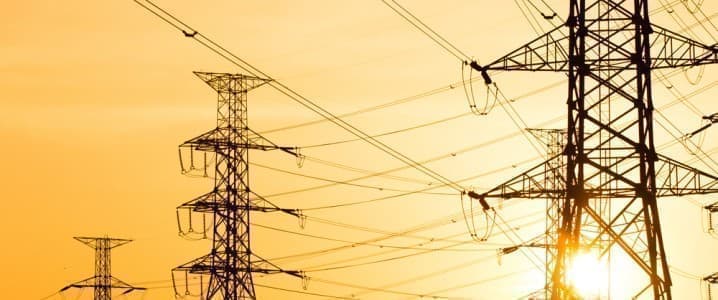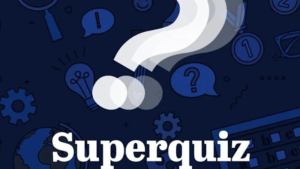
Texas is facing a potential crisis in its energy management, prompting discussions about shutting down data centers during grid emergencies. This move reflects the increasing strain on the state’s energy infrastructure, highlighted by the recent severe flooding that affected central Texas over the Fourth of July. These floods disrupted crucial infrastructure and led to widespread power outages, a stark reminder of the vulnerabilities in the current energy system.
The Electric Reliability Council of Texas (ERCOT) has reported multiple instances of price spikes and conservation alerts. Interestingly, these alerts are not due to a lack of power but rather issues with the transmission of electricity where it is needed most. This situation is not unique to Texas; the U.S. Department of Energy has projected that blackout risks could increase across the country by 2030.
Understanding the Grid’s Vulnerabilities
The ongoing challenges indicate a fundamental vulnerability in the electricity grid, which operates on outdated tools and assumptions. Historically, the grid was designed for an era with fewer severe weather events and less demand. Now, with industrial expansion, electrification, and the rise of artificial intelligence data centers, the demand for power in Texas is expected to nearly double by 2030, according to ERCOT’s forecasts.
As the transmission system becomes more congested, the operational methods employed remain rooted in decades-old practices concerning weather, heat, and demand. The growing implications of climate change have rendered these assumptions increasingly dangerous. Utilities worldwide are adopting innovative strategies that allow for better utilization of existing infrastructure without the need for lengthy construction projects.
In Europe, for example, advancements such as hardware-free dynamic line ratings (DLR) and hyperlocal weather forecasting enable grid operators to increase power flow through existing lines safely. These technologies utilize data from satellites, LiDAR scans, and numerous weather stations to identify when and where additional capacity is available.
Innovative Solutions for a Strained System
Georg Rute, an expert in grid innovation, notes that similar approaches could be applied in Texas. In countries like Estonia and Finland, DLR has been implemented across extensive networks, resulting in up to a 40% increase in power capacity on lines previously considered at their limits. This is achievable because even a mild breeze can enhance the cooling of power lines, thereby boosting their capacity significantly.
Yet, grid operators often lack access to precise weather forecasts, compelling them to operate under worst-case scenarios. This approach leads to stranded megawatts, particularly during critical periods. Rute emphasizes that demand-side management is vital, but shutting down essential infrastructure, such as data centers, should be a last resort rather than a fallback plan.
Increasing visibility into grid conditions, improving congestion forecasting, and sourcing power from remote areas could help avoid situations that necessitate drastic measures. The pressing need for new transmission lines and power generators remains, but these will not be available in time to meet the immediate challenges posed by rising demand.
Rute advocates for a smarter operation of the grid through software-based operational intelligence, which can mitigate congestion and reduce costs for consumers. This approach is practical and already proven in various contexts. As ERCOT has historically served as a testing ground for U.S. grid innovations, its future decisions will significantly influence how the rest of the country prepares for the challenges ahead.
In summary, Texas’s energy crisis underscores the urgent need for a more adaptive and intelligent grid management system. The state’s response could set a precedent for energy strategies across the United States, shaping the future landscape of energy resilience and sustainability.







